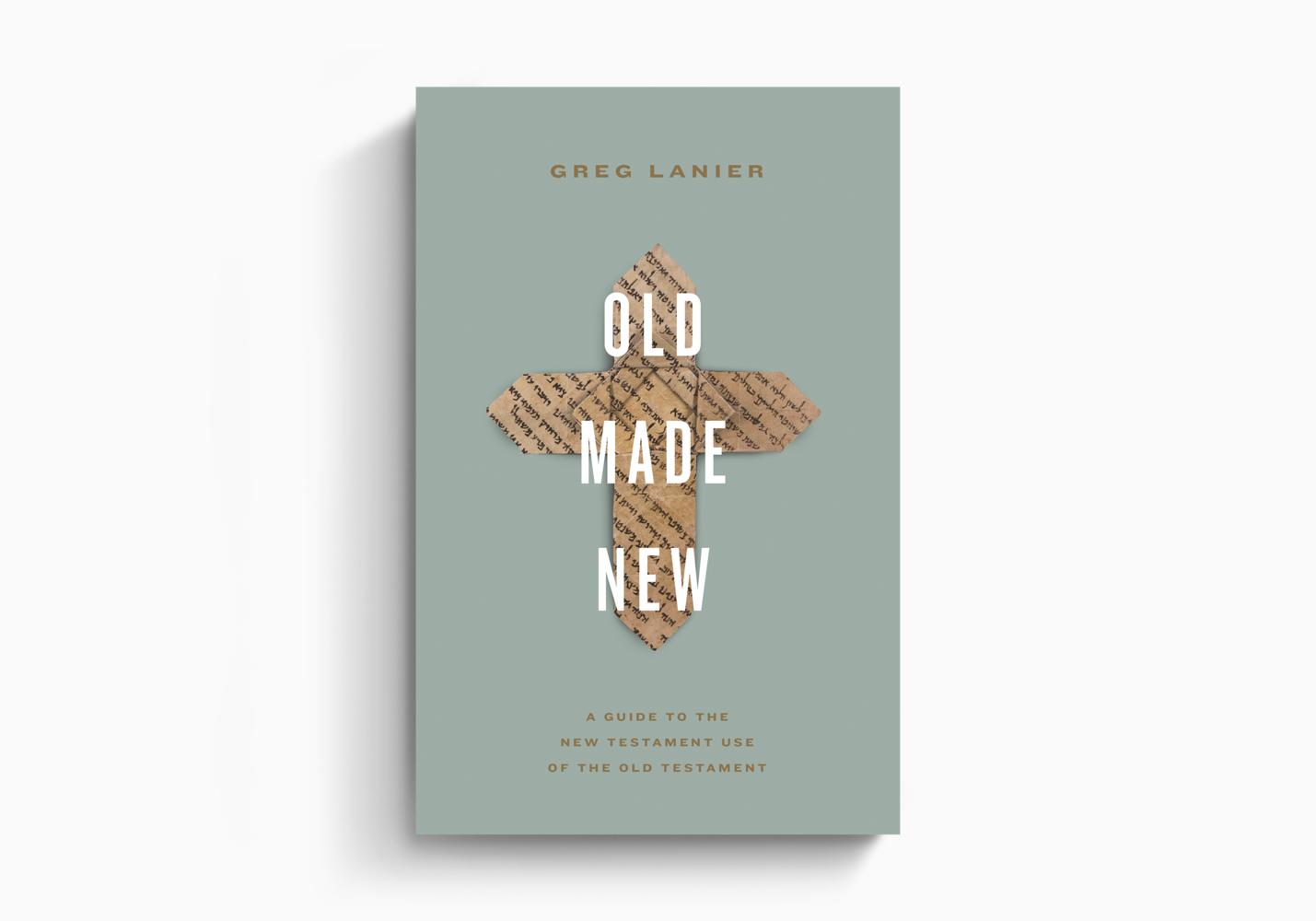Old Made New: A Guide to the New Testament Use of the Old Testament, by Greg Lanier. Wheaton, IL: Crossway, 2022. Pp. 174. ISBN 978-1-4335-7783-3.
Most Christians are aware that the New Testament borrows ideas, phrases, concepts, and images from the Old Testament. It is hard to miss it when we run across lines like, “As it is written in Isaiah the prophet…” (Mark 1:2). And any student who has ever written a paper (and any teacher who has ever graded essays) gets a chuckle out of the line in Hebrews 2:6, “It has been testified somewhere…” That definitely doesn’t pass muster for any modern citation style.
A wealth of scholarly literature has popped up considering at length and in detail how the New Testament uses the Old Testament, whether it does so faithfully or against the grain, how we can describe it, and debating whether we are invited to do more of the same. Unfortunately, the majority of the books and articles in the discussion keep the uninitiated reader at arm’s length with technical vocabulary and assumed knowledge. Greg Lanier shares the frustration many have with this gulf between the interested Bible reader and the fruitful discussion, and desires to place tools into your hands to invite you into this wonderful world of exploring the Bible’s self-referencing features.
In Old Made New Lanier offers an orientating introduction, a chapter covering the tools you will need to do this kind of reading, and then three key body chapters discussing particular ways the teaching of the Old Testament underlies and informs the teaching of the New. The tools he presents in chapter 1 are modeled in numerous case studies throughout the body chapter in ways that are easy to follow regardless of your skill level, and his discussion is accompanied with helpful footnotes for teachers or more advanced readers who wish to take things further (see also his recommended list of books on p. 137). To crown it all there is a lengthy appendix enumerating known NT passages that are using the OT, together with the passages on which they draw, and a rough-and-ready identification of usage according to categories he outlines and explains in the first chapter (citation, quotation, or allusion).
Lanier is deeply aware that part of our ability to detect and appreciate the ways the NT uses the OT is dependent upon our knowledge of the OT. He includes numerous practical tips to address this in his book in addition to his case studies. See in particular the grey box on pp. 31–32, which mentions key NT summaries of the OT storyline, a Redemptive-Historical reading plan he developed, and reading in biblical theology. (The reading plan, a study guide, and the first chapter of the book are available on the publisher’s webpage.)
In summary: this is a wonderful guide for entering into the ways the New Testament uses the Old, suitable for students and pastors, teachers, and interested lay Bible readers, whether for private study or to work through together in a group setting. I highly recommend it!

